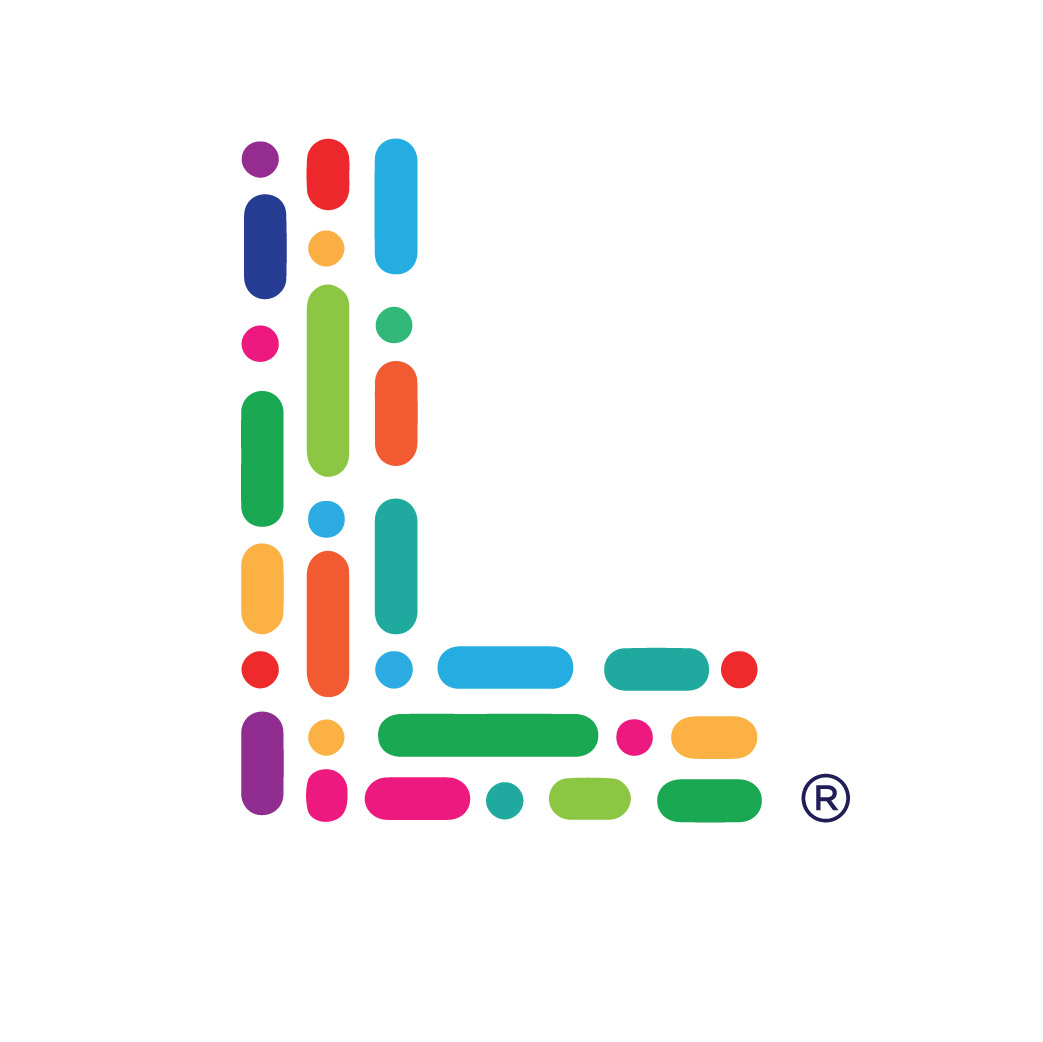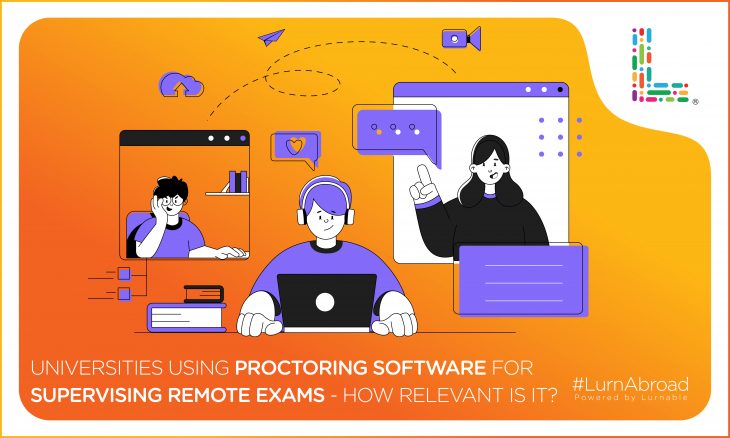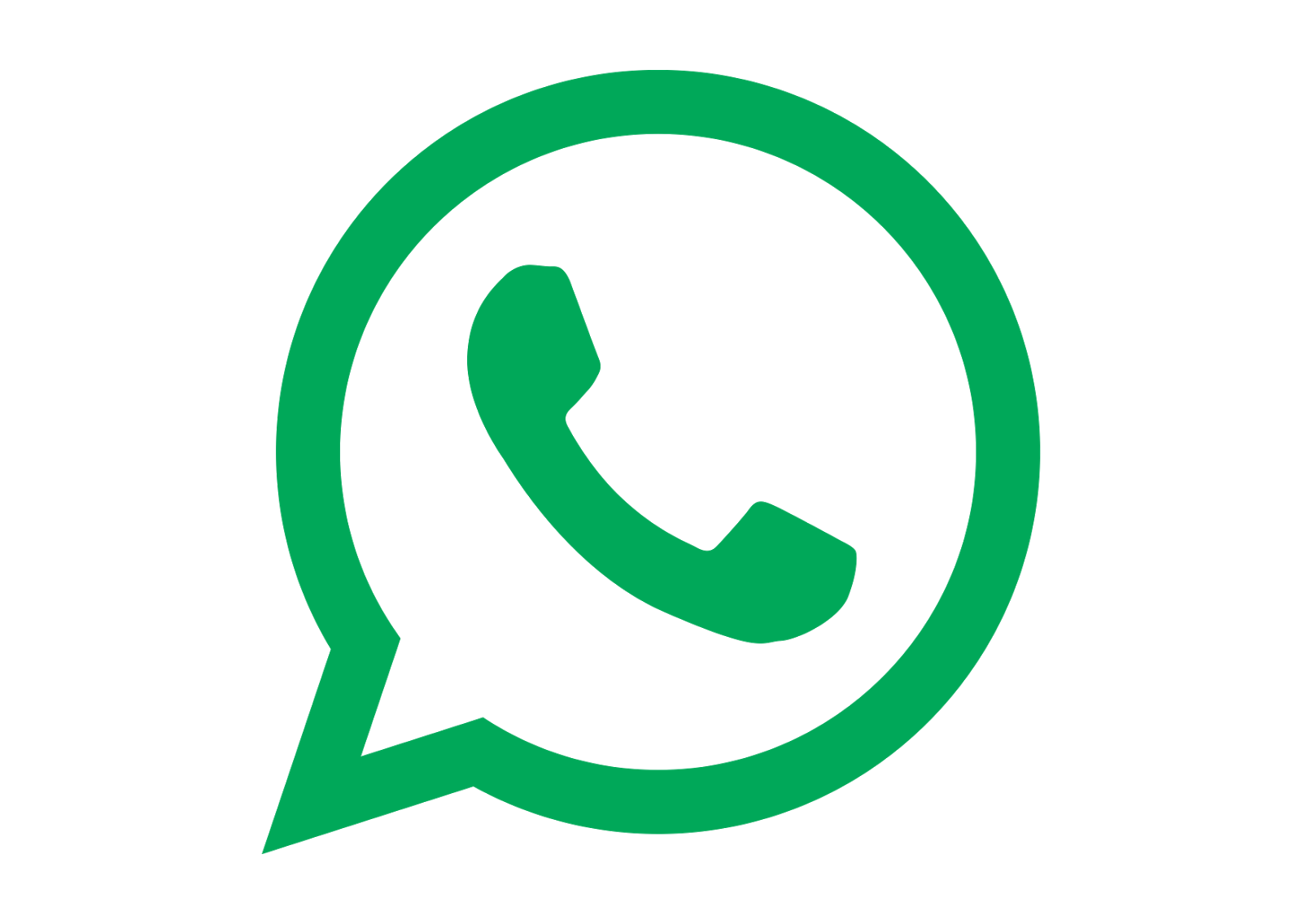The pandemic has changed university education, with the remote shift being a game-changer. Even as study abroad destinations may open for offline classes in the foreseeable future, the hybrid model is here to stay. International students may still expect to study remotely until things get back to usual. Thankfully, universities already have systems in place for online classes and examinations. However, the most daunting concern relates to monitoring the students as they write their tests off-campus.
Universities are relying on advanced proctoring technology to supervise students. Essentially, proctoring software takes over students’ computers to monitor and block suspicious activity. They keep track of system information, analyse keyboard strokes, and capture system information. Further, they use AI to scrutinise exam conduct with facial recognition, atypical typing, and unusual behaviours. The applications can also use device cameras and microphones to record candidates and their environment.
The question is whether the technology is reliable enough to handle such a critical aspect of university assessment. Some HEIs favour proctoring technology, claiming that it can prevent cheating, while others are concerned about hidden dangers. Students have even launched protests and petitions, stating that the technology is discriminatory and intrusive. It is vital to understand the risks and benefits before giving a final verdict.
THE PROS OF PROCTORING SOFTWARE
The objective of examinations is to evaluate students and grade their understanding of their subjects. But cheating defeats the purpose of exams, and it becomes an even bigger concern during the remote era. Unless students fear being caught, even the most honest ones may fall prey to the temptation. Automated proctoring software can cut down the risk and ensure fair exams so that students do not suffer. It also protects the value of qualifications and protects the reputation of the university. So these applications become a sensible investment for universities in the new normal.
THE CONS OF PROCTORING SOFTWARE
While proctoring software offers some benefits, it has certain downsides too. You cannot consider them too reliable as simple technical tricks may bypass their anti-cheating protections. They also bring some security threats for devices as the software may surreptitiously remain even after uninstalling. Not all students have access to high-end devices and fast internet connections to support the software. It can lead to technical glitches. A more critical concern relates to privacy as proctoring software can give the examiner a view of students’ homes. Fairness concerns prevail as facial recognition algorithms may go wrong. Likewise, they may falsely flag atypical head or eye movements, leading to high stress among students and baseless suspicions for examiners.
WHAT NEXT?
The pandemic is still here, and it may be around for the foreseeable future. The education industry needs to prepare for administering remote exams without cheating concerns. Proctoring software can be an option, but institutions using them have to be accountable. It means they must be transparent about how they use the technology and what happens to student data. Further, students must get the alternatives like informed consent and in-person exam-sitting. Even as proctoring tools seemingly have a lot to offer, universities should use the technology consciously.

If you are considering studying abroad why don’t you discuss your prospects and opportunities with experts at Lurnable’s dedicated study abroad counselling division LurnPathways?





